Intro
The BRAT diet has been a staple in many households for generations, particularly when it comes to soothing upset stomachs. This diet, which consists of bananas, rice, applesauce, and toast, has been recommended by doctors and healthcare professionals for its ease of digestion and ability to help calm digestive issues. But what exactly is the BRAT diet, and what are the benefits of following it? In this article, we will delve into the world of the BRAT diet, exploring its history, benefits, and the types of foods that are included in this diet.
The BRAT diet has been around for decades, and its popularity can be attributed to its simplicity and effectiveness. The diet is designed to be low in fiber, fat, and spices, making it easy on the stomach. By eating only certain types of foods, individuals can help reduce the symptoms of digestive issues such as diarrhea, nausea, and vomiting. The BRAT diet is not a long-term solution, but rather a temporary fix to help the body recover from illness or digestive upset.
The main components of the BRAT diet are bananas, rice, applesauce, and toast. These foods are chosen for their blandness and ease of digestion, making them perfect for when you're feeling under the weather. Bananas are a good source of potassium, an essential mineral that can become depleted when we're sick. Rice is easy to digest and can help firm up stool. Applesauce is another low-fiber food that can help calm the stomach, while toast can help settle nausea.
Benefits Of The BRAT Diet
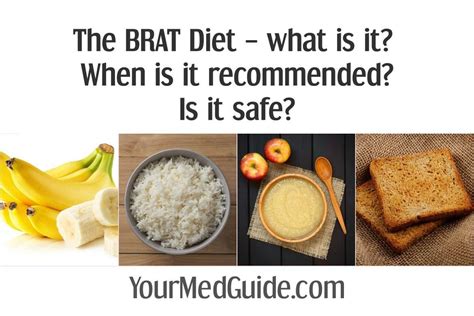
In addition to its benefits, the BRAT diet is also relatively easy to follow. The diet consists of a limited number of foods, making it simple to stick to. The foods included in the BRAT diet are also readily available, making it easy to find them in most grocery stores. The BRAT diet is also a low-cost solution, as the foods included in the diet are relatively inexpensive.
Foods To Eat On The BRAT Diet
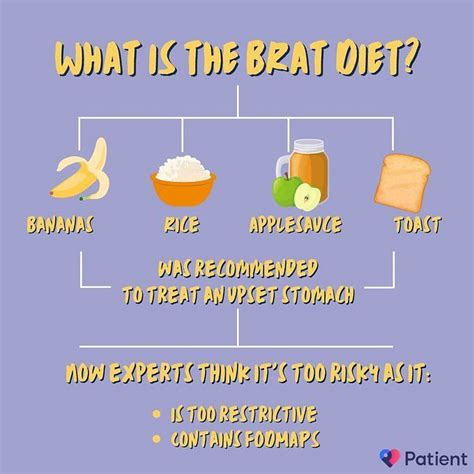
- Bananas: A good source of potassium, bananas are a staple of the BRAT diet.
- Rice: White rice is the best choice, as it is low in fiber and easy to digest.
- Applesauce: Unsweetened applesauce is a good choice, as it is low in fiber and can help calm the stomach.
- Toast: Plain white toast is the best choice, as it is low in fiber and can help settle nausea.
- Crackers: Plain crackers can help settle nausea and are easy to digest.
- Popsicles: Clear popsicles can help prevent dehydration and are easy to digest.
- Clear broths: Clear broths such as chicken or vegetable broth can help prevent dehydration and are easy to digest.
BRAT Diet Food List
Here is a comprehensive list of foods that can be included in the BRAT diet: * Fresh fruits: Bananas, avocados * Grains: White rice, plain white toast, plain crackers * Protein sources: Chicken broth, plain cooked chicken * Dairy products: None, except for small amounts of milk or yogurt if tolerated * Vegetables: Cooked, plain vegetables such as carrots, green beans * Snacks: Popsicles, clear broths, plain cookiesFoods To Avoid On The BRAT Diet
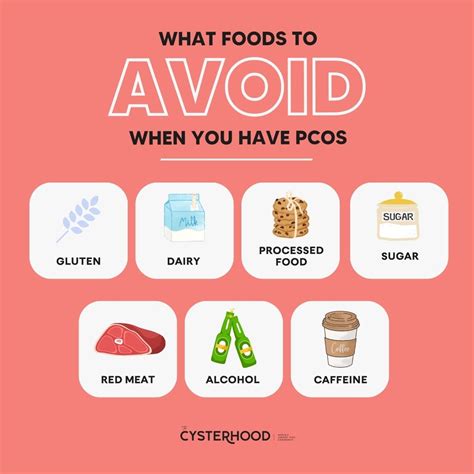
- High-fiber foods: Beans, cabbage, broccoli
- High-fat foods: Fried foods, fatty meats
- Spicy foods: Hot peppers, wasabi
- Dairy products: Milk, cheese, ice cream
- Caffeine: Coffee, tea, soda
- Carbonated drinks: Soda, sparkling water
BRAT Diet Restrictions
It's essential to note that the BRAT diet is not suitable for everyone, particularly those with certain medical conditions. For example, individuals with diabetes should consult with their healthcare provider before starting the BRAT diet, as it can affect blood sugar levels. Additionally, individuals with celiac disease or gluten intolerance should avoid foods that contain gluten, such as wheat bread.How Long To Follow The BRAT Diet
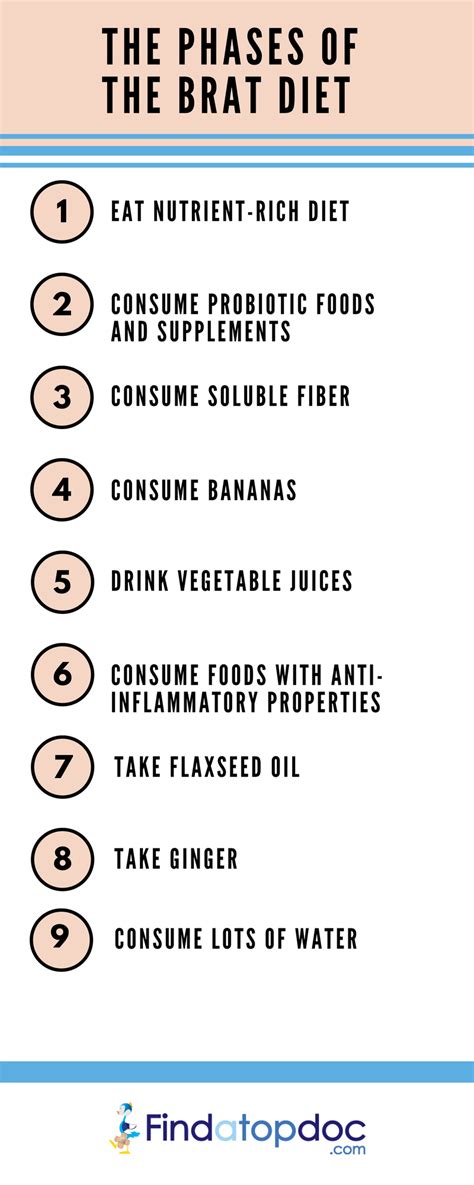
In some cases, the BRAT diet may need to be followed for a longer period, such as 3-5 days. This can be the case for individuals with severe digestive issues or those who are experiencing persistent symptoms. However, it's essential to note that the BRAT diet is not a long-term solution and should not be followed for an extended period.
BRAT Diet Progression
As symptoms subside, individuals can gradually introduce other foods into their diet. This can include:- Low-fiber fruits: Berries, citrus fruits
- Low-fiber vegetables: Cooked, plain vegetables such as carrots, green beans
- Lean proteins: Cooked, plain chicken, turkey
- Whole grains: Brown rice, whole wheat bread
It's essential to introduce new foods slowly and in small amounts to avoid triggering digestive issues.
Conclusion And Next Steps
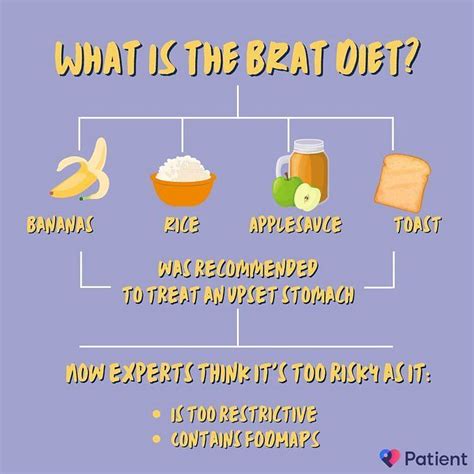
If you're experiencing persistent or severe digestive issues, it's essential to seek medical attention. A healthcare provider can help diagnose the underlying cause of your symptoms and provide treatment options. In the meantime, following the BRAT diet can help alleviate symptoms and support the recovery process.
We hope this article has provided you with a comprehensive understanding of the BRAT diet and its benefits. If you have any questions or would like to share your experiences with the BRAT diet, please leave a comment below. You can also share this article with others who may be experiencing digestive issues.
What is the BRAT diet?
+The BRAT diet is a temporary diet that consists of bananas, rice, applesauce, and toast. It is designed to be low in fiber, fat, and spices, making it easy on the stomach.
What are the benefits of the BRAT diet?
+The benefits of the BRAT diet include reducing the symptoms of digestive issues such as diarrhea, nausea, and vomiting, preventing dehydration, and providing a low-cost and easy-to-follow solution.
How long should I follow the BRAT diet?
+The length of time to follow the BRAT diet varies depending on the individual and the severity of their symptoms. Generally, the BRAT diet is recommended for 24-48 hours, or until symptoms subside.
Can I introduce other foods into my diet while following the BRAT diet?
+Yes, as symptoms subside, you can gradually introduce other foods into your diet. This can include low-fiber fruits, low-fiber vegetables, lean proteins, and whole grains.
Should I consult with a healthcare provider before starting the BRAT diet?
+Yes, it's essential to consult with a healthcare provider before starting the BRAT diet, as they can provide personalized advice and guidance. They can also help diagnose the underlying cause of your symptoms and provide treatment options.
